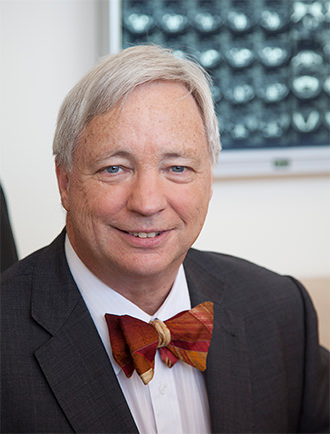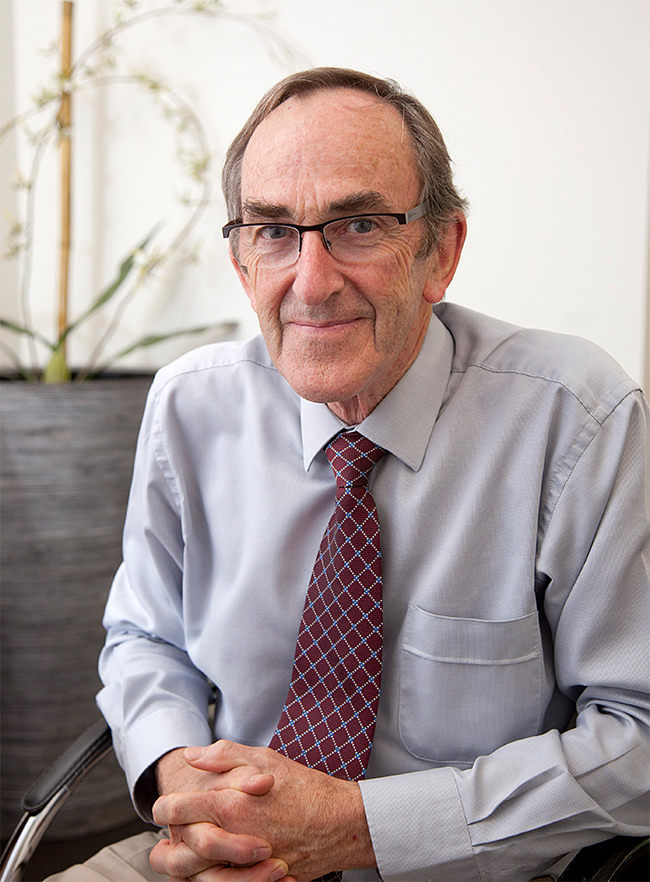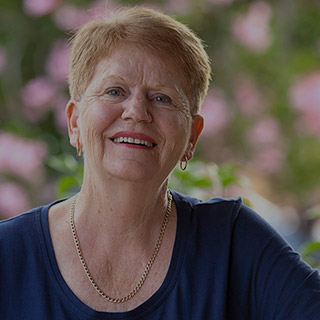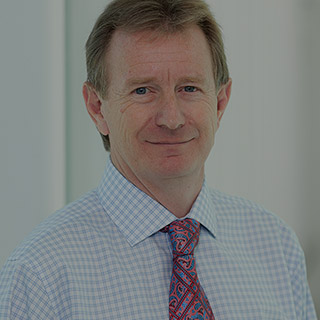As the 21st century dawned, the hospital had achieved many of the goals its citizen founders and staff had dreamed of and fought for.
It was a large acute care public hospital serving the people of the western suburbs with its own clinical school for undergraduate medical students.
Its specialty surgical units were flourishing. But the hospital had a large gap in its post-intern training. Interns who wanted to pursue a career in surgery had to apply elsewhere to be appointed as a registrar, the gateway for entry into specialist training.
Western Health (which operates Footscray Hospital and the other acute care public hospitals of Sunshine Hospital and Williamstown Hospital) - was unable to appoint its own registrars to its hospitals because it lacked a training program for surgery. Instead, other hospitals with training programs for surgeons – the Royal Melbourne Hospital, the Alfred Hospital and Monash Medical Centre – sent their registrars to Footscray and Sunshine to get experience in grassroots, high volume general and specific surgery.
Registrars spent six months in surgical training at Footscray and Sunshine before moving to other hospitals to complete their training course. “Our inability to choose our own registrars was a totally unsatisfactory arrangement and it meant we were subservient to the institutions of the Royal Melbourne, the Alfred and Monash,” according to Associate Professor Trevor Jones, one of Footscray Hospital’s senior surgeons and a former Clinical Services Director.
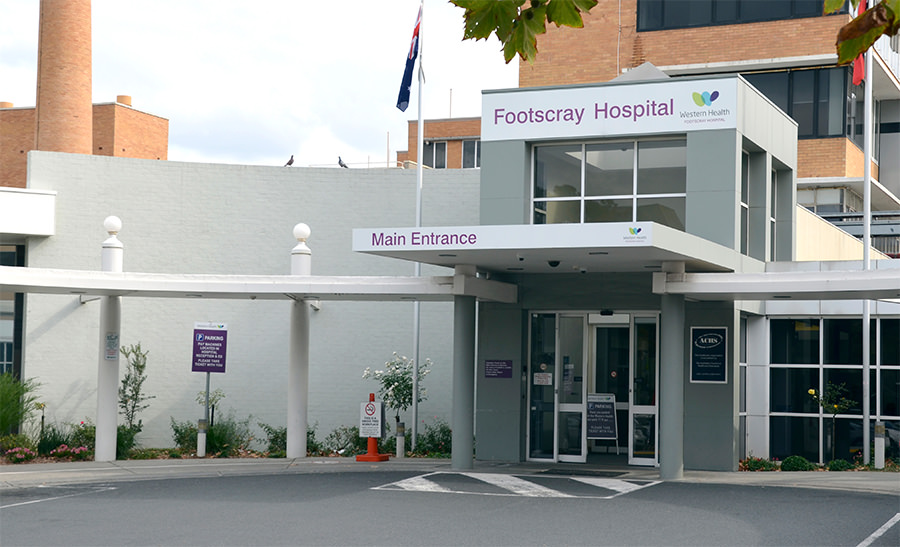
Exterior of the hospital in 2015.
Western Health archives
In 2005 a young colorectal and general surgeon, Matthew Croxford, was appointed as surgical hospital supervisor. He and Mr Trevor Jones and Dr Arlene Wake, the hospital’s Executive Director of Medical Services, were involved in crafting a strategy to convince the Royal Australasian College of Surgeons (College of Surgeons) that the hospital should become a training hub.
They argued that the hospital was big enough and had enough clinical expertise in its sub-specialties to run its own training program. Rather than taking its registrars from other hospitals, it would select and train its own registrars, rotating them between the hospital’s sub-specialties.
“If we could get recognition as a training hub we could retain some of our excellent junior doctors who wanted a career in surgery but under the current system had to leave and go somewhere else to start their surgical training,” Mr Croxford said.
Luck was on their side. Coincidentally the College of Surgeons decided to expand the size of Australia’s training program in general surgery by increasing the number of training hubs.
General surgery is one of about nine specialty groups within surgery under the auspices of the College of Surgeons. Each specialty has its own training program. Registrars accepted into general surgery spend five years training in that specialty. General surgery is the biggest training program in Victoria, with about 140 trainees statewide.
Mr Croxford and Western Health’s leadership team sent a proposal to the College of Surgeons, suggesting that Western Health should become a training hub for registrars specialising in general surgery. The College approved the plan and Western Health started its surgical training program with two training registrars in 2006.
It is now one of Australia’s largest, most successful training hubs for general surgery, achieving higher pass rates among its trainees sitting the Fellowship exam than many of Australia’s other general surgery training hubs.
